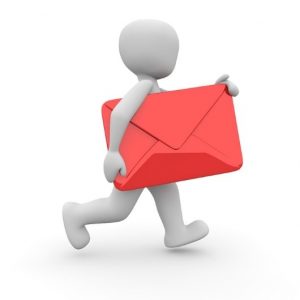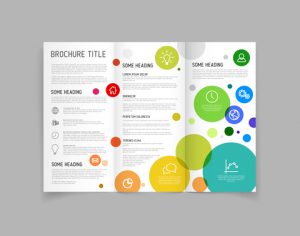 Would you like to increase the number of people who visit your business or store by nearly 25%? Believe it or not, those kinds of numbers don’t come from blog posts, e-newsletters, or branded video content. Instead, they come from direct mail marketing. But what does it take to create the best direct mail campaigns? When you’re ready to master mail marketing, increase your opening rate, and watch your profits rise as a result, read on to find out.
Would you like to increase the number of people who visit your business or store by nearly 25%? Believe it or not, those kinds of numbers don’t come from blog posts, e-newsletters, or branded video content. Instead, they come from direct mail marketing. But what does it take to create the best direct mail campaigns? When you’re ready to master mail marketing, increase your opening rate, and watch your profits rise as a result, read on to find out.
Make it Personal
When you get sent one of the 848 pieces of junk mail you receive a year, we’re willing to bet that you toss it in the trash without bothering to open it- nine times out of ten. And we can’t say we blame you! After all, a letter addressed to “Resident” or “Homeowner” in that tell-tale mass mailing typeface doesn’t exactly make you feel valued as a customer. That is why one of the most effective direct mail marketing ideas is to focus creating well-designed, personalized envelopes that look completely different than standard junk mail. If possible, go for a handwritten font or hand-address your own envelopes. Address them (both on the outside of the envelope and in your greeting) to the first name of the recipient. Including a person’s name on the envelope can boost open rates by a whopping 135%. Even consider printing cancellation marks on your envelopes to make things look more personalized.
Keep in on-Brand
If you want to use direct mail marketing, then you need to ensure that everything from the type of letterhead you print your mail pieces on to the colors and photos you include is on-brand. The goal here is to build brand recognition while also creating consistency within your overall marketing strategy. For example, consider printing your logo at the top of your stationery or letterhead. Decide if a postcard is the right fit for your brand, or if a mailing a flyer is the better move. Even take a look at the font you’re using in the direct mailing campaign. Is it similar to the one you use on your website, in catalogs, and in other print and digital marketing campaigns? Finally, make sure that you’re sending your mailings out to your target market. Consider investing in lead lists and databases to connect with the people most likely to work with you.
Get Expert Help with Mail Marketing
Last, but not least, if you want to make your next mail marketing campaign as effective as possible, consider working with a professional direct mail marketing company. Sure, you could hand address those envelopes on your own, spend hours playing around with the right template, and attempt to snap an eye-catching image with your iPhone camera. But do you really want to spend your time and money during the work day that way — and run the risk of creating a less-than-perfect campaign? We didn’t think so. Work with a professional to save on the costs of printing, get access to unique and branded templates, and everything else you need to improve your direct mail strategy.


